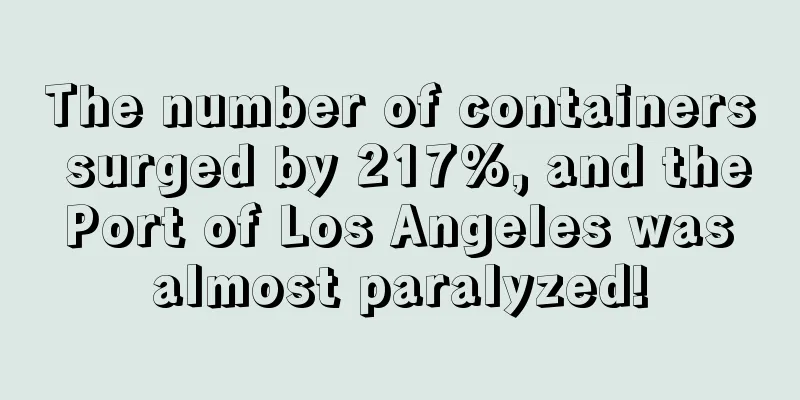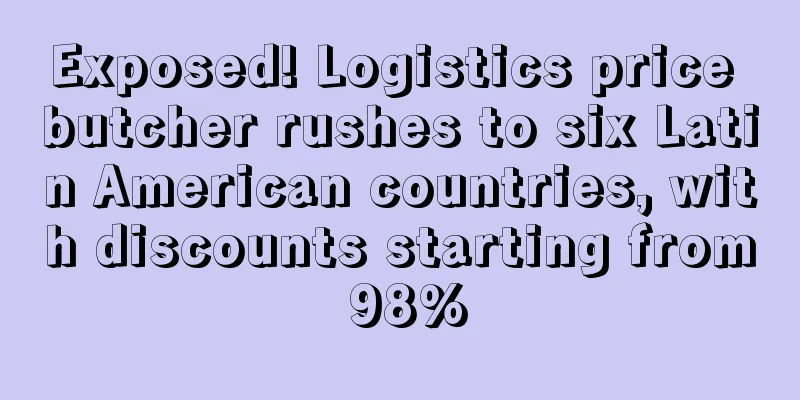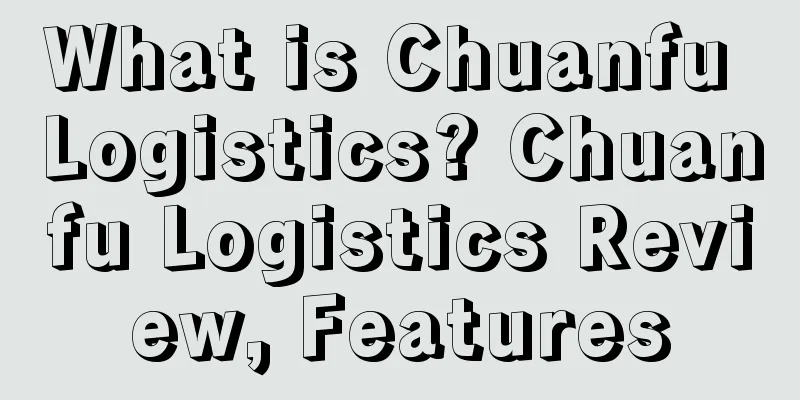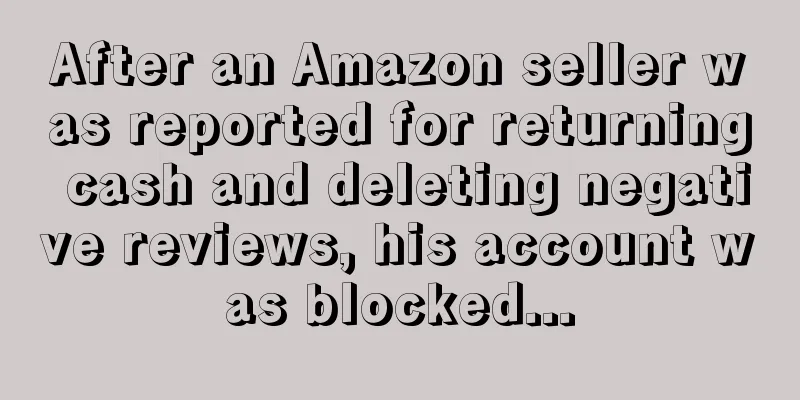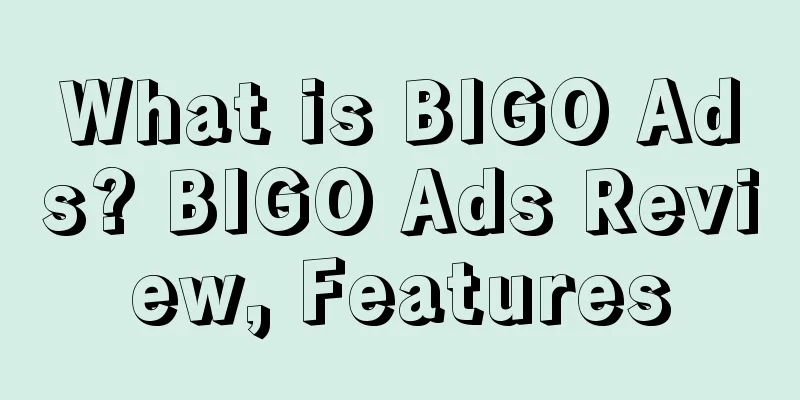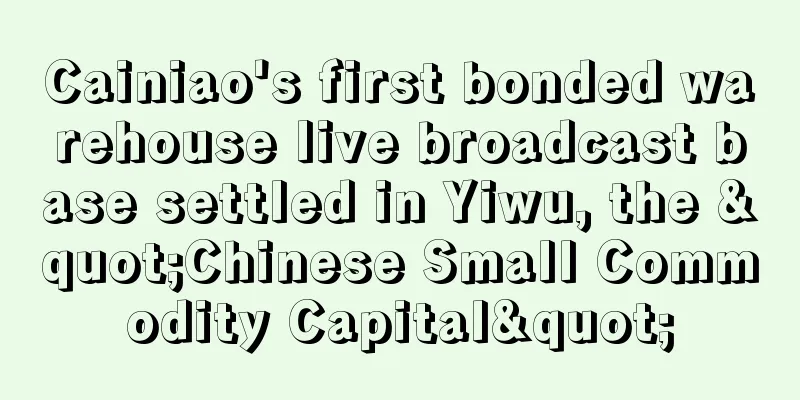What is Hollar? Hollar Review, Features

|
Hollar is an American e-commerce platform that sells a variety of household items and personal items. It was launched by David Yeom and other founders in 2015. Because of its high quality and low prices, it is known as the "online dollar store."
About Hollar Hollar's biggest feature is its ultra-low prices, with most products priced at around $2. In the first 10 months after the company was founded, all products were priced below $5; but later, it gradually launched $10 products and sold toys and gifts of better quality. Hollar has thousands of products, from necessities to impulse purchases, and thanks to simple U/X, it's easy to browse product pages. Most of the brands on Hollar are well-known (Huggies, Jergens, Febreze, Pop-Tarts), but there are also some niche brands, such as Zing, Num Noms, Bolis Ice Pops, etc. Many of Hollar's products are clearance products, so OPI nail polish is real OPI brand, and Oreo cookies are real Oreos. Hollar sells beauty brands including Revlon and L'Oreal, and snack brands such as Cheerios and Kraft Mac and Cheese. The $1 pregnancy test kit on the website is the same as the one in Walgreens, which is FDA-approved. Hollar’s homepage features dozens of best-selling and popular items, which entice consumers to scroll through the page to find items they “like,” in a way that looks a bit like Pinterest. Hollar's typical customers are women, especially those with children between the ages of 25 and 34. Unlike the target customers of most retail startups, these customers are not wealthy Americans. They live in suburbs or rural areas and have lower-middle incomes. 80% of Hollar’s customers are mobile users, half from the app and half from the mobile website, and 80% of orders come from outside California and New York.
Background David Yeom, founder and CEO of Hollar, grew up in East Los Angeles and often went shopping in discount stores with his mother on weekends. When he grew up, he missed the feeling of finding something he liked from thousands of products, so he decided to start a dollar store online. ·So in early 2015, Yeom found John Um and several other co-founders. In the initial concept stage, the co-founders had planned to name the project "hollar dollar". They mainly purchased inventory in large quantities from Chinese manufacturers (and some American companies). In November 2015, they simplified the name of the project to Hollar and established a headquarters in Komos, California, near Los Angeles. The location is strategic: close to the Port of Long Beach and the Port of Los Angeles, Hollar can access a large number of clearance items, and whenever the super-large retailers have excess or canceled orders for spot seasonal items, Hollar can buy them at low prices. In order to make a profit, the company set a minimum order amount of $10 to prevent losses due to small orders; free shipping is available for orders over $25. Six months after its establishment, Hollar's monthly sales reached $1 million.
Tips for Success 1. Precision Marketing (1) From the very beginning, David positioned Hollar's target audience at young mothers born in the 1980s and 1990s. On the one hand, this was because he had run an e-commerce platform for women in the past and had more experience in this area; on the other hand, this group was relatively young and more receptive to new things. (2) Initially, the products on Hollar were mainly low-priced children's toys, household items, and baby products. Each product started at 1 yuan and the most expensive did not exceed 10 US dollars. This was undoubtedly a huge attraction for young mothers. Since they could buy things online at a cheap price, why bother to go to a distant shopping mall in person? Even if the quality was not good, it didn't matter, it would cost only a few dollars. With this mentality, a large number of young mothers shopped on Hollar, which brought the first wave of enthusiasm for Hollar. To their surprise, the things they bought on Hollar were really reliable, cheap and of good quality. In this way, word spread from one person to ten, and from ten to a hundred, and Hollar successfully became famous. 2. Control costs (1) All physical dollar stores have one thing in common, which is to do everything possible to reduce operating costs. This is the same for Hollar and its predecessors, but Hollar is more aggressive. (2) In the process of purchasing goods, David would use his past personal relationships to get suppliers to buy goods for the company at prices lower than the market price. On the other hand, he would purchase goods from well-known brands when they were clearing out their stock, including beauty brands such as L'Oreal and OPI, as well as snack brands such as Oreo cookies and Cheerios. In terms of profitability, Hollar set a rule that consumers must spend at least $10 before placing an order; when consumers spend at least $25, they would also provide free express delivery service. (3) At first glance, this kind of tough rule seems offensive, but David thinks it won’t be a problem. Because when people go to a dollar store, they always buy a lot because they think it’s cheap, and they don’t care about such small details. It turns out that David is right. According to the official data from Hollar’s backend, the average order amount per user is about $30. Obviously, consumers don’t think the $10 order limit has any impact on them. On the contrary, they will buy more things for free delivery.
Financing -Since its founding, Hollar has raised a total of $17.5 million in two rounds of venture capital. -In November 2015, Hollar announced the completion of a $30 million Series B financing round, led by Kleiner Perkins Caufield & Byers, a well-known Silicon Valley venture capital firm and an early investor in e-commerce giant Amazon. Participants included Comcast Ventures, Greycroft Partners, and existing investors Lightspeed Venture Partners, Index Ventures, Forerunner Ventures and Pritzker Group. Renowned Chinese angel investor Chen Lin also participated in this round of financing. |
<<: What is Shop.com? Shop.com Review, Features
>>: What is GST? GST Review, Features
Recommend
What is camping-spot? camping-spot Review, Features
camping-spot is a leading online store. Focusing o...
Amazon compromised and agreed to raise wages, but employees were not satisfied and prepared to continue the strike
On Wednesday, under pressure from the strike, Ama...
What is Webinterpret & Webinterpret Review
Webinterpret is the world's leading cross-bor...
Overtaking on the curve! Another Amazon seller has become popular on TikTok
Whether it is out of consideration for the long-t...
ChatGPT assists in operation, cross-border people save 4,000 yuan a month
Nowadays, many cross-border sellers have begun to...
Amazon is going to expand its FBA new product selection program, and sellers are happy!
Recently, Amazon US released an announcement, whi...
What is G2A PAY? G2A PAY Review, Features
<span data-docs-delta="[[20,{"gallery"...
What is Feiniao International? Feiniao International Review, Features
Feiniao International was founded in 2010. It is ...
What is Shippingbo? Shippingbo Review, Features
<span data-docs-delta="[[20,{"gallery"...
What is krkcom? krkcom Review, Features
krkcom focuses on jewelry products and is a design...
What is Heist Studios? Heist Studios Review, Features
Heist Studios is a startup from London, UK, that s...
Effective March 31, Amazon updates pricing, mediation, and refurbished product policies
Amazon is updating its European selling policies ...
1,000 links were blocked, and Shenzhen sellers relied on white hat tactics to return to the top in one year
Zhang Yang (pseudonym), a Shenzhen seller who use...
What is Smile Direct Club? Smile Direct Club Review, Features
Smile Direct Club is a direct-to-consumer orthodo...
What is full volume full speed? Full volume full speed Review, Features
Quanliang Quansu is a fast fashion export cross-bo...


